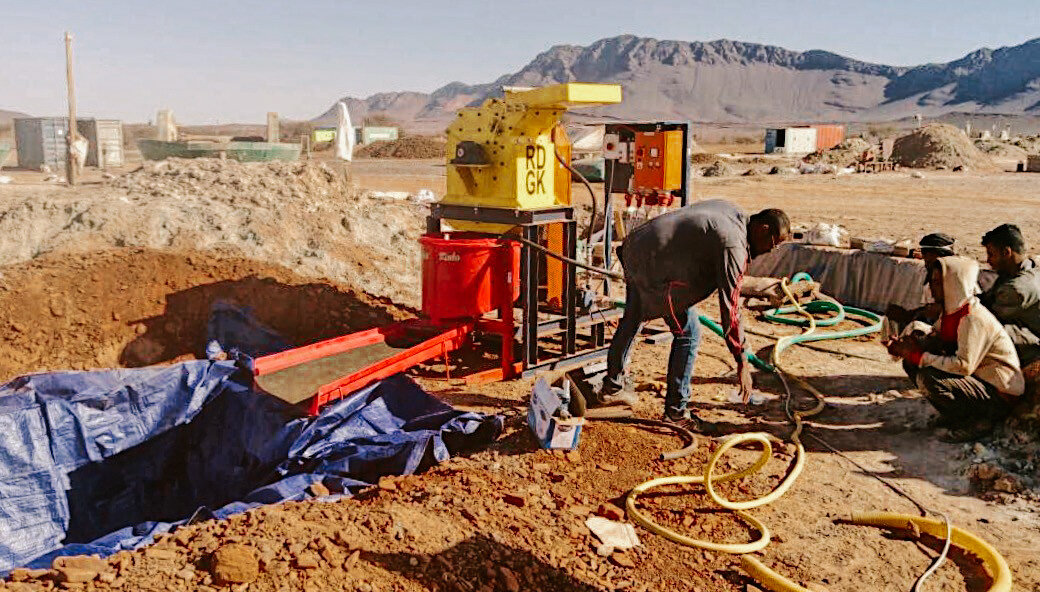Q: What is special about APT’s graphite processing methodology?
A: The coarser that one can obtain graphite flake at grade, the more valuable the product. APT’s system has a number of features that enable this to happen.
Q: What is the recovery mechanism in APT’s system?
A: As in all graphite plants, we also use flotation, but the flotation happens in APT’s own proprietary TriFloat flotation cells.
Q: What is special about the APT TriFloat?
A: The TriFloat was developed specifically for high yield minerals like graphite, by which we mean that the feed can sometimes be over 30% in grade, so there is a lot of concentrate to collect. The TriFloat has a high ratio of lip length to cell volume, so it is easier for the high volume of froth to exit the cell. Secondly, the TriFloat rotor-stator mechanism is positioned towards the back of the triangular cell which creates a pinch point that pushes the floated froth forwards towards the lip. Thirdly, once the froth gets to the lip area, there is a quieter zone so the froth isn’t re-stirred into the slurry again. Fourthly, the TriFloat geometry enables flotation to happen at a coarser size, so even 2mm is acceptable.
Q: How is the feed prepared for the TriFloat?
A: The APT system uses its own RD series wet hammer mills fitted with a 2mm or 3mm internal screen. The graphite is very well liberated by this system without over-breaking flake as happens in a rod mill or ball mill. There is also a jaw crusher up front to break to feed ore down to minus 40mm.
Q: Is it necessary to have a rod mill in the circuit and use multiple grind-float stages as happens in conventional graphite circuits?
A: The primary recovery is very high, leaving very little behind. Also the primary concentrate is cleaned again so final concentrate grade is also very high. Adding a rod mill on the primary flotation tails to scavenge the little that remains is hardly worth the extra capital cost and complexity, but APT can add this if the client desires. It is still less complex than a conventional circuit.
Q: What scale can the APT Graphite system be applied at?
A: Modules are available from 1tph up to 20tph of feed ore.
Q: What are the implications for plant installation?
A: The plant is very simple – crushing, impacting, Trifloat, concentrate collection and dewatering in dual troughs (thickening and filtration is way to expensive at this scale.) The plant is therefore compact and small and a fraction of the price of a conventional plant. The site preparation requires a simple flat concrete screed with brick or concrete built settlement bunkers for the concentrates. Concentrate cake can be sun dried or dried in a simple fired kiln. Installation of a system on site is usually very quick.
Q: How do we test the system on our own ore?
A: APT’s associate laboratory Peacocke & Simpson is equipped with impactors and TriFloats at bench scale and 60kg pilot scale. A 200kg sample is required. The procedure involves first floating and cleaning at bench scale as a base case, and then at 60kg with a cleaner stage and locked cycle if required. Concentrates are screened and assayed for TGC.




